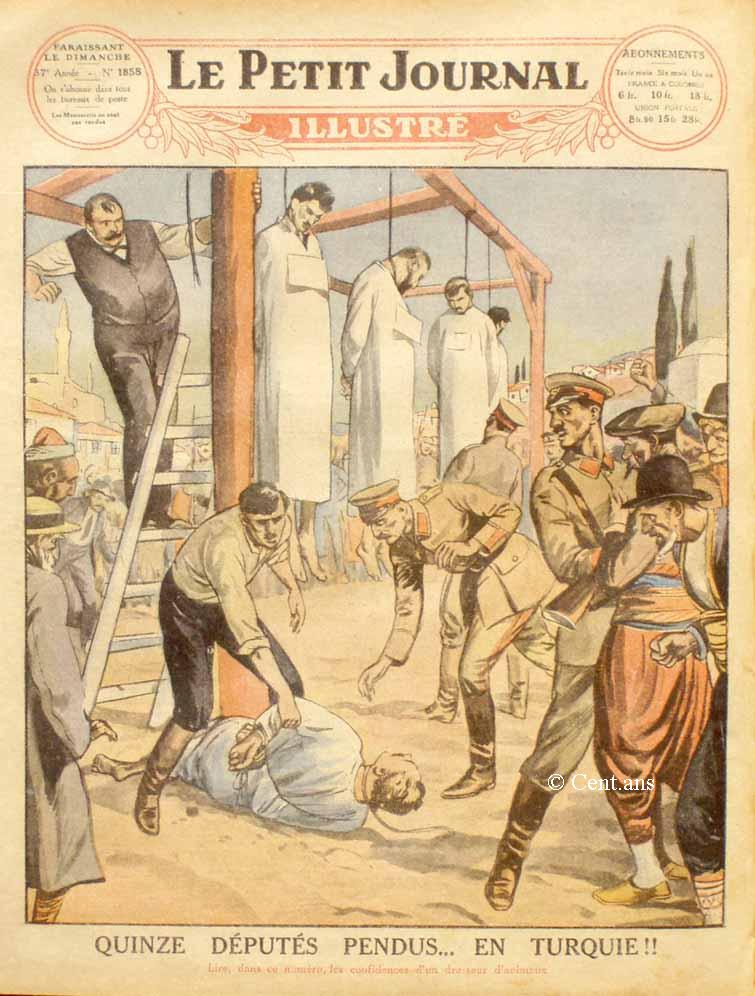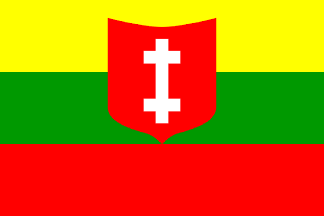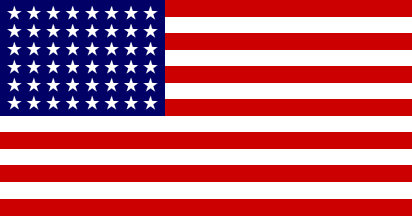
The Zamboni Attack on Il Duce
On October 31st, 1926, Bologna, Italy was in a festive mood as the city hosted a grand parade commemorating the March on Rome and those brave Fascists who participated. Much to their further joviality, Il Duce, Benito Mussolini, was in attendance, a guest of immense honor. However, not all attendees had celebration in mind, specifically, one Anteo Zamboni.
Zamboni was not the usual suspect for anti-state action; he was but a youth of fifteen. However, this boy harbored hatred against the tenets of Fascism, and through extension, Benito Mussolini and the State. Zamboni subscribed to anarchism, an ideology greatly repressed by the rising Fascists for it preached against the very totalitarian measures that Fascism was built upon. Thus, Zamboni had resolved to strike off the head of the snake of Fascism, both the face, voice, and soul - Benito Mussolini.
Positioning himself within the crowd, Zamboni waited for an opportune moment, found in the conclusion of the celebrations. As Mussolini and the procession met the corner of Via Rizzoli and Independence Street and slowed to turn, Zamboni emerged brandishing a firearm, taking aim at Mussolini, and firing a single shot. However, within this moment, police sergeant Vincent Acclavi noticed Zamboni extending his arm to open fire and delivered a sharp blow to the would-be assassin's arm, disrupting his aim. The bullet would take a downward path, piercing through Mussolini's lapels, leaving him unharmed, which many would take as an act of God.
The consequences of Zamboni's act would be swift. Within moments, Zamboni would seized by the nearby cavalry officer arlo Alberto Pasolini and engulfed by a swarm of Blackshirt squadristi. Anger at this transgression permeated through the crowd as the young boy was beaten and lynched on the spot.
What marks this as a pivotal point in Italian history was the political impact. Mussolini, using the attempt as leverage, formally banned all opposition parties, though Italy had been a de-facto single-state party since the rise of the Fascists. In the same year, an electoral law abolished parliamentary elections. Instead, the Grand Council of Fascism selected a single list of candidates to be approved by plebiscite. The Grand Council had been created five years earlier as a party body but was "constitutionalized" and became the highest constitutional authority in the state. Although the Grand Council could theoretically be the sole check on Mussolini's power, Mussolini determined the agenda and meetings of the Grand Council, effectively making it dependent on his decision. Young Zamboni had effectively created the opposite action he desired.
































